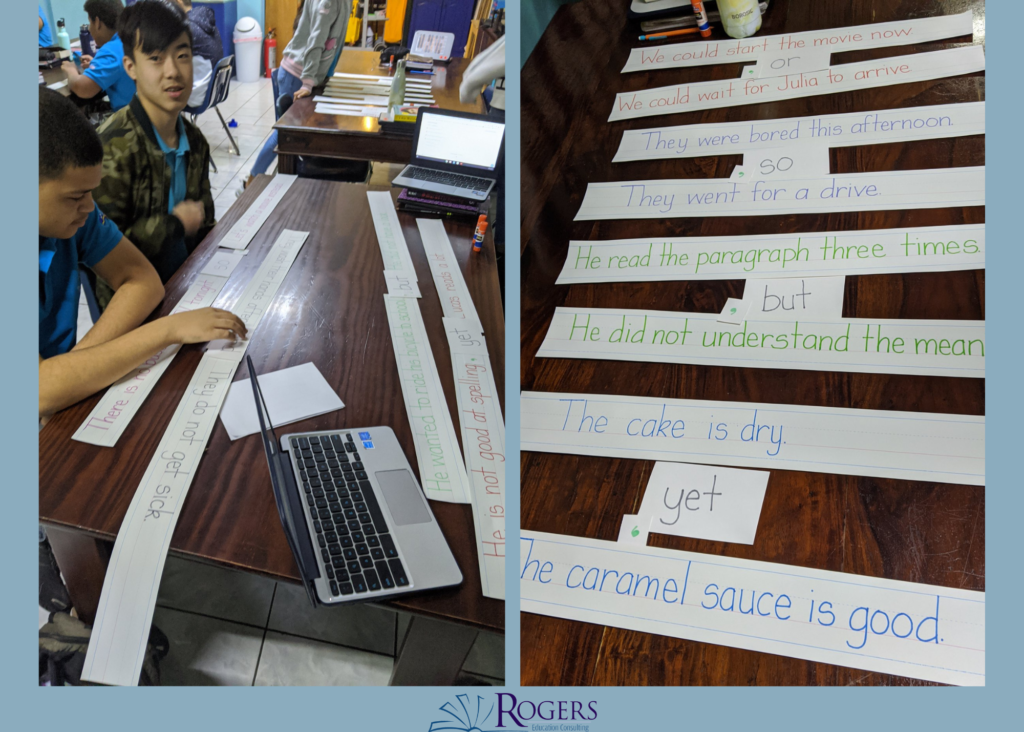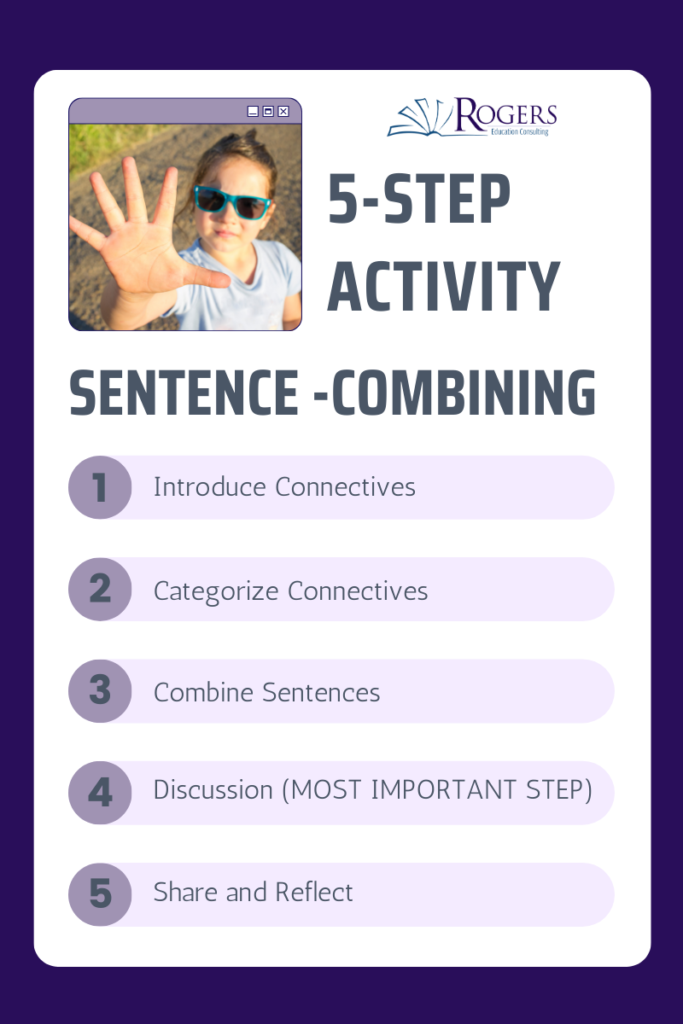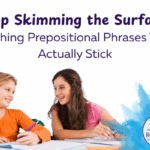As students advance through upper elementary and middle school, they encounter increasingly complex texts. One key to navigating these texts is understanding connectives—those magical words and phrases that link ideas together and clarify relationships. The research underscores the importance of teaching connectives to enhance comprehension and academic success. But how do we make this instruction engaging and effective? Let’s dive into some practical strategies and activities that will empower your students to master connectives.
The Research Behind Connectives
Understanding how grammatical elements like connectives function in sentences is crucial for comprehension. According to Oakhill, Cain, and Elbro (2015), young readers don’t need to know the names of grammatical terms but must understand how sentences work in natural speech and text. Moreover, Crosson and Lesaux emphasize that explicit instruction in connectives is vital, especially for students who struggle with reading comprehension. Their research shows that students who understand connectives are more likely to read with understanding, highlighting the need for contextualized and integrated instruction.
Practical Classroom Activities
Sentence Combining in Groups
One of the most effective and engaging ways to teach connectives is through sentence-combining activities. Here’s a step-by-step guide to implementing this in your classroom:

Materials Needed:
- Sentence strips with simple sentences
- Index cards with a variety of connectives
- Chart paper or a whiteboard
- Markers
Steps:
- Introduce Connectives: Begin by discussing the different types of connectives (e.g., coordinating, subordinating, correlative). Create a classroom chart categorizing these connectives for easy reference.
- Categorize Connectives: Divide students into small groups and provide each group with a set of index cards containing different connectives. Ask them to categorize these connectives into the eight types (e.g., addition, contrast, cause and effect). This activity helps students internalize the meanings and uses of various connectives.
- Combine Sentences: Give each group several sentence strips with simple sentences. Their task is to combine these sentences using the connectives from their categorized list. Encourage them to use different connectives for the same sentences to explore how each one changes the meaning. Example:
- Simple sentences: “It was raining.” “We went to the park.”
- Combined sentences: “Although it was raining, we went to the park.” / “We went to the park despite the rain.”
- Discussion: After combining sentences, have groups discuss how the connectives they used change the meaning of the sentences. This discussion is crucial as it reinforces their understanding—remember, the one doing the talking is the one doing the learning!
- Share and Reflect: Each group writes their combined sentences on chart paper or the whiteboard and shares them with the class. Discuss as a class how different connectives can alter the relationships between ideas.
Benefits of Sentence Combining:
- Encourages collaborative learning and discussion
- Enhances understanding of how connectives function
- Promotes the use of academic language
- Provides a hands-on, engaging way to practice writing
Recommended Mentor Texts
To find mentor texts that can help illustrate the use of connectives, consider these recommendations:
- “Because of Winn-Dixie” by Kate DiCamillo – Excellent for exploring cause-and-effect relationships.
- “Holes” by Louis Sachar – Contains rich examples of connectives that indicate time and contrast.
- “Wonder” by R.J. Palacio – Great for showing how connectives can clarify relationships between ideas and events.
By integrating these strategies and resources into your teaching, you’ll help your students master the use of connectives, ultimately enhancing their reading comprehension and writing skills. Remember, the goal is to make learning about connectives as engaging and meaningful as possible, ensuring that every student can connect the dots to academic success.
Works Cited:
| Crosson, A. C., & Lesaux, N. K. (2013). Connectives: Fitting another piece of the vocabulary instruction puzzle. The Reading Teacher, 67(3), 193-200. Li, M., & D’Angelo, N. (2015). Higher-level processes in second language reading comprehension. In Reading in a second language (pp. 159-194). Routledge. | |



